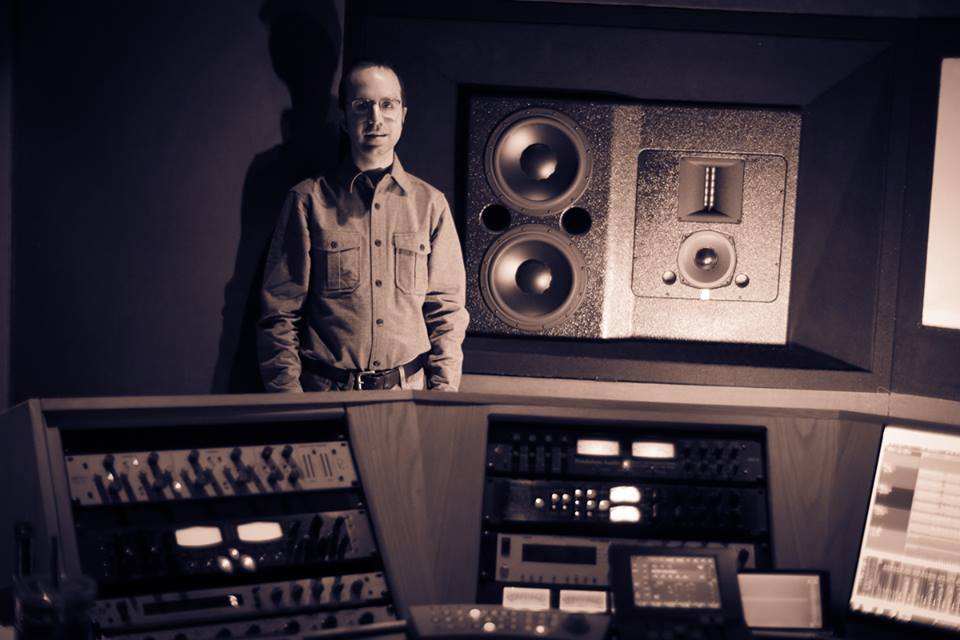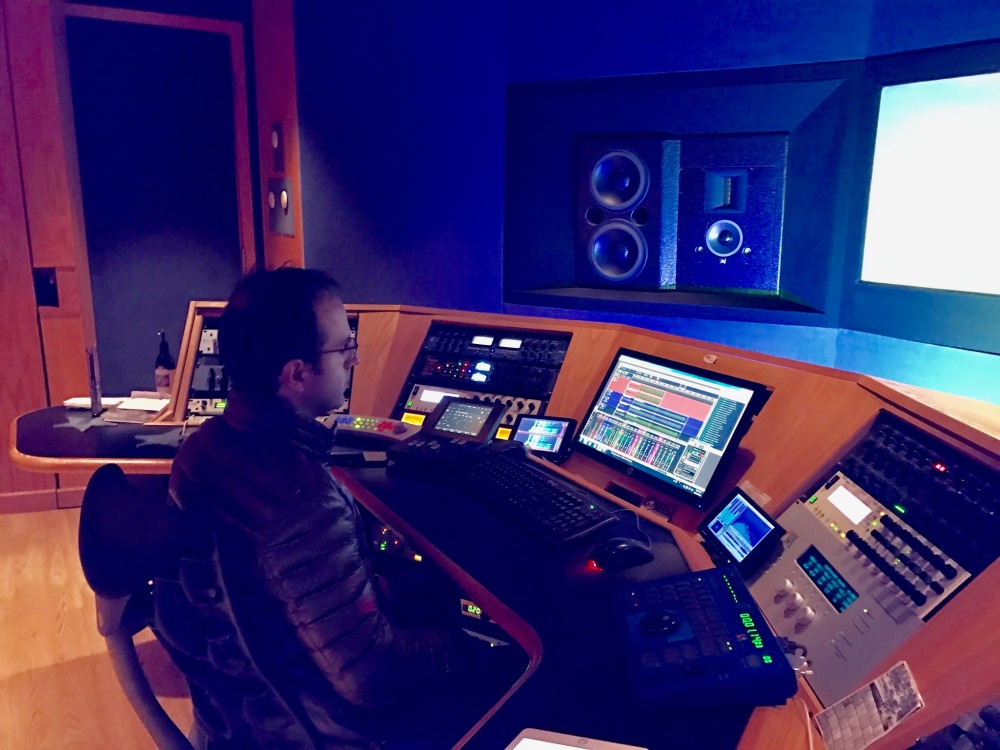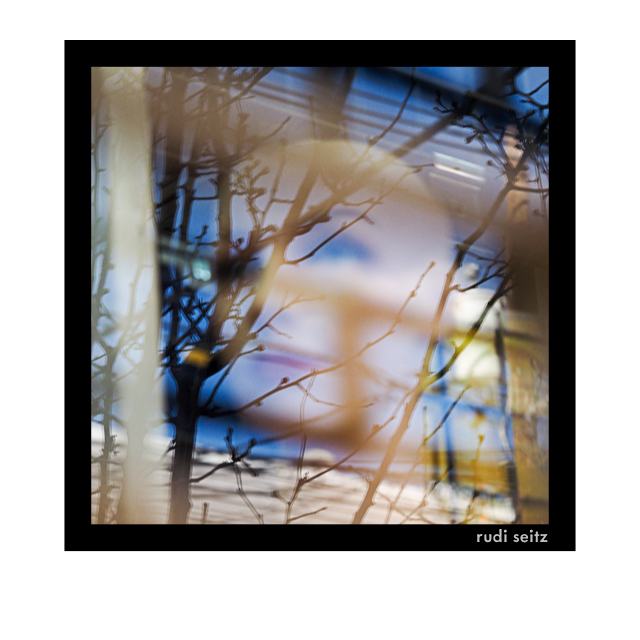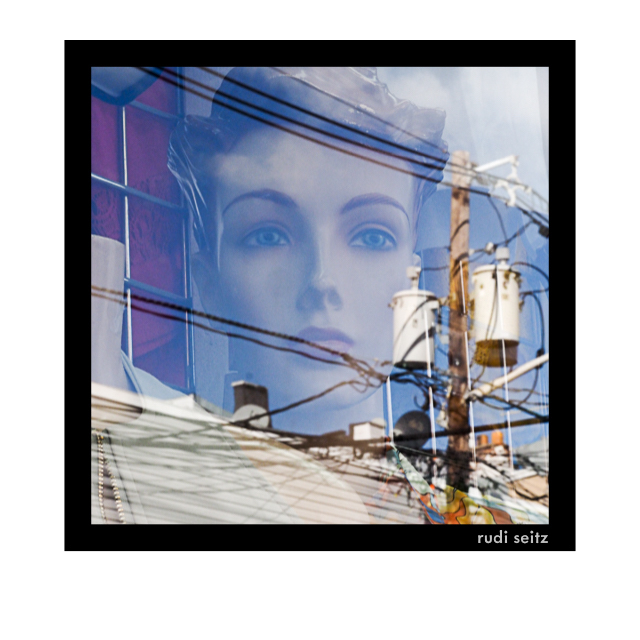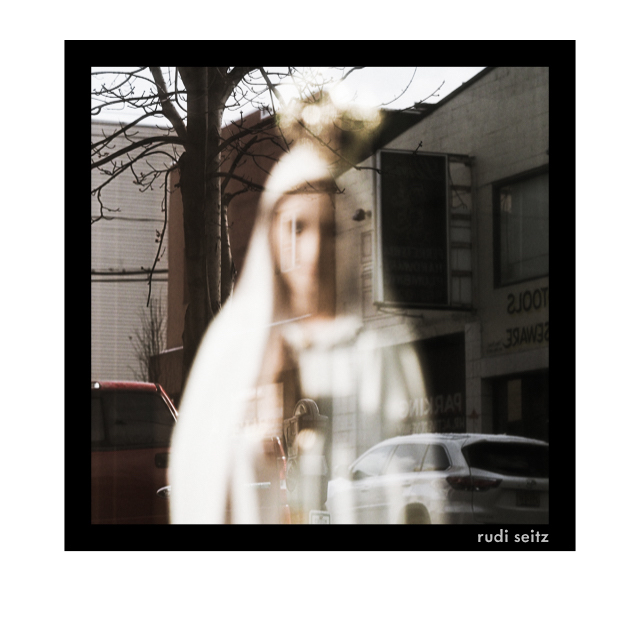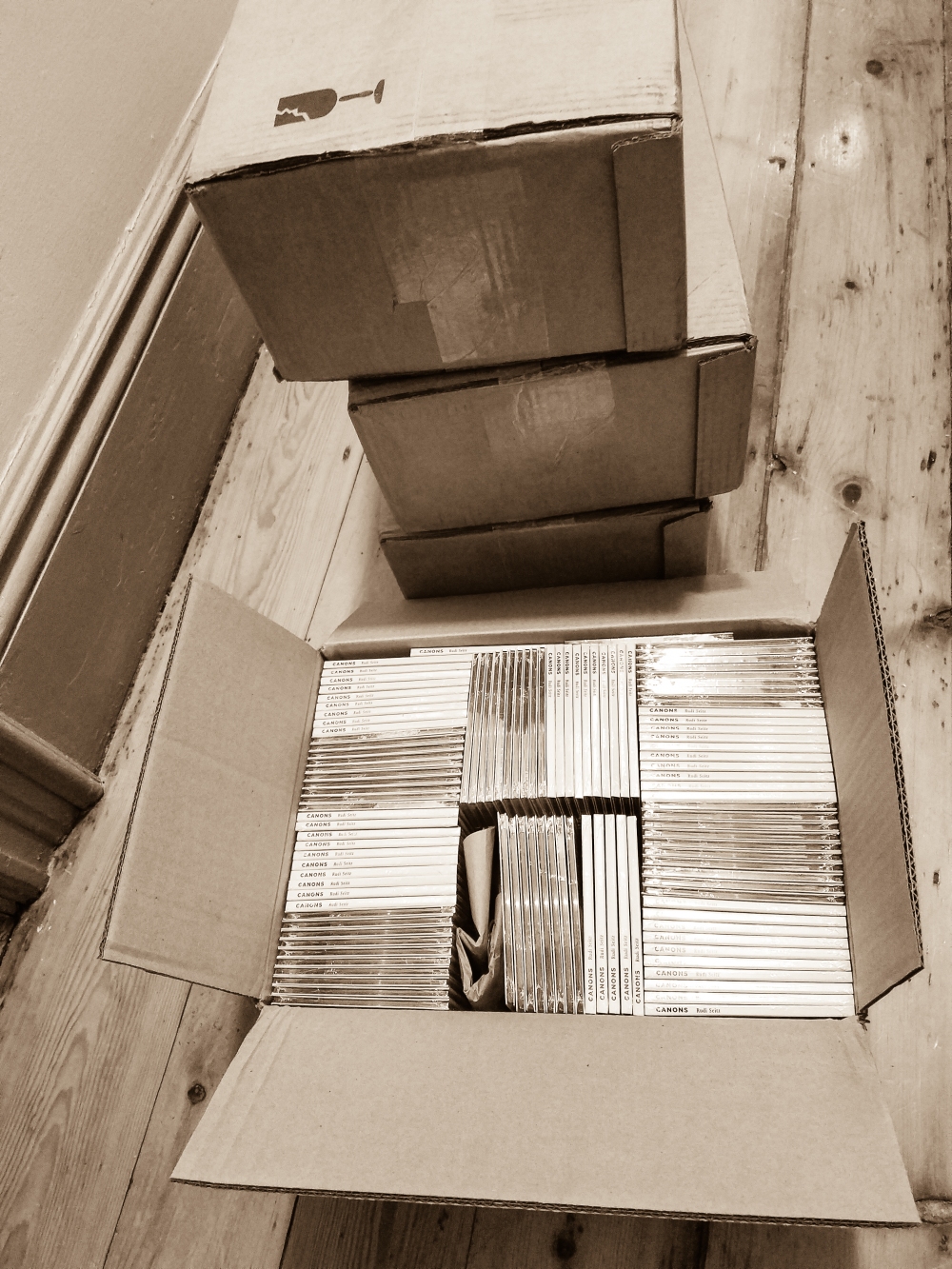Announcing the release of my Escher’s Drum EP album.
You may have already seen the video of percussionist Gavin Ryan performing this piece on bongo, tom-tom, and cymbal, but Gavin went further and created a second version using Indonesian Gamelan instruments, available now for the first time.
The use of tuned percussion transformed a purely rhythmic composition into one that’s filled with active melodic motifs. In a wonderful surprise, these motifs turned out to have an intentional, composed quality to them even though they arose as a direct consequence of assigning one fixed pitch to each part. Gavin’s experiment uncovered a totally new dimension of this piece that’s not visible in the score, and in so doing he created a unique sound where traditional Gamelan meets the mathematical arena of rhythmic tiling canons.
The album consists of two tracks, the drumset version and the Gamelan version of Escher’s Drum. Great care has gone into the recording, mixing, and mastering to achieve the best possible sound, so if you like the streaming preview, please download the full-quality tracks.
Here’s a photo of me at Peerless Mastering, getting these tracks ready for release:
